Any fool can be uncomfortable, right?
Staying comfortable whatever the weather throws at you takes preparation. Whether it’s a quick day hike or a month long expedition into the wilderness, it’s essential to stay warm and dry.
The human body need to maintain an average core temperature of 37 Celsius (98.6 Fahrenheit).
Dropping just a couple of degrees below this and you could be heading into serious trouble. At 35 Celsius (95 Fahrenheit), you will be on the verge of hypothermia so understanding what causes heat loss and how to maintain your core temperature is vital.
This isn’t just a risk for polar explorers. In fact there’s plenty of cases where hikers have succumbed to the effects of hypothermia in cold, wet conditions after only a few hours on the trail.
Heat loss & heat production
Most of our energy comes from converting glucose. The good news is that you can regulate this process yourself. Making sure that you eat and drink enough has a big impact on your core temperature as well as the foods that you choose. Always take snacks or energy bars with you that are high in calories as these will ensure that you have the energy you need during the day.
Slow down or speed up.
If you start to feel yourself overheating then ease off the amount of effort you’re putting in or take a layer of clothing off. When you’re working hard the body will start to pump out heat and moisture.
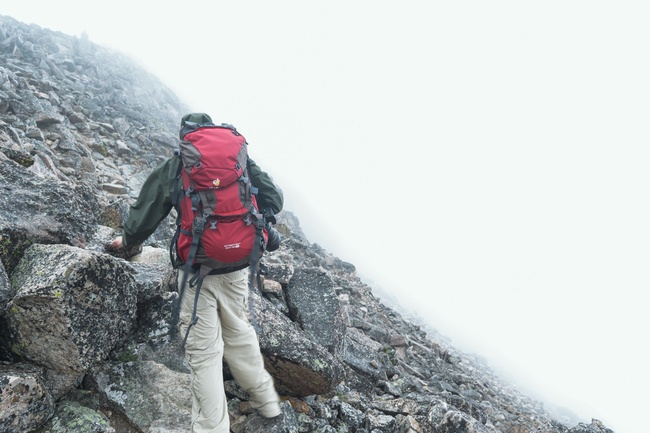
Regulate the energy you use to make sure that you don’t get too cold or too hot.
Getting soaked through with sweat will have the same effect as standing outside in the rain without any waterproofs on. You’ll lose heat quickly this way.
Equally, if you’re feeling a bit cold then start to work a little harder put on an extra layer.
The body loses heat in four main ways:
Radiation
This is the way the sun heats the Earth or how a camp fire warms you on a cold evening. Your body is also producing heat which is radiating away from you. Wearing clothes doesn’t stop the radiation from occurring. Instead you radiate heat to your clothes, which in turn radiates heat to the outside environment.
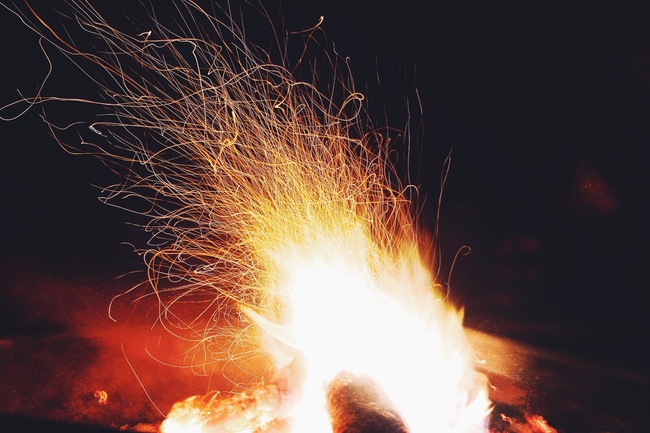
Radiation: like the heat from a camp fire.
There’s not much you can do about losing heat in this way but in reality you don’t lose much heat from radiation anyway.
Evaporation
When you produce heat, you also produce moisture. This moisture then escapes as vapour into the environment which is called evaporation. The two main ways that you lose heat through evaporation is by sweating or breathing.
Evaporation is very effective at cooling us down. In fact we lose heat 25 times faster when we’re wet. This can be a good thing on a hot day, but as soon as the temperature drops we need to find ways to minimise our heat loss.
This is where clothing choices are important and waterproofs are your first line of defence. You need to make sure that you are wearing clothes that allow moisture to escape as quickly as possible. This can be done through ventilation such as opening zips or making sure that they use breathable fabrics that allow moisture to pass through.
Conduction
This is the transfer of heat from one surface to another. Different materials conduct heat better than others. Metal is a good conductor of heat which is why it feels so cold to touch in the winter compared to wood or plastic.
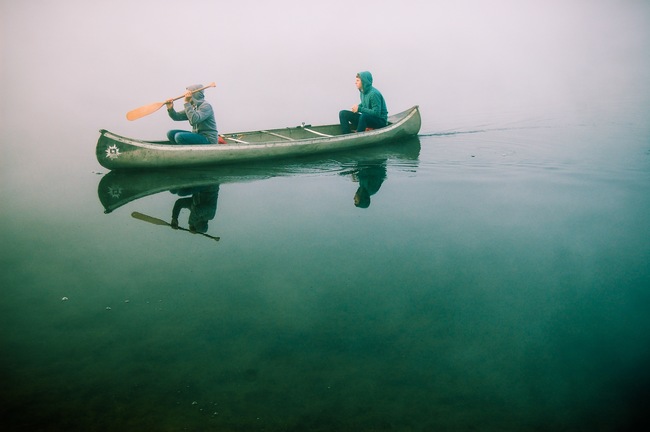
Wood is a poor conductor of heat which is why a wooden paddle feels much more comfortable to hold in cold conditions.
Try to use poor conductors to insulate yourself from cold surfaces such as the ground. You lose a lot of heat through the ground when sleeping or sitting outside, so make sure that you have enough insulation to protect you such as a sleeping mat.
Convection
This is one of the major ways that you lose heat when outdoors and can account for up to 15% of your heat loss. When moving air or water passes over the skin it transports heat away from your body. The rate of loss is proportionate to the amount of movement. You will lose heat much more quickly on a windy day unless you protect your body from its effects.
The best way is to wear layers of clothing and especially a wind proof layer to trap warm air next to the skin. It’s the trapped, warm air between the layers that keeps you warm rather than the clothes themselves.
How to stay warm and dry
There’s a lot of things to consider when choosing clothing for a trip into the wilderness. Not only does it have to protect you from heat loss but it also has to be durable, low in bulk quick drying and able to perform well under a wide range of conditions.
The system of layering allows a lot of flexibility as you can add and remove layers depending on the conditions. It’s much better to wear a lot of thinner layers than one thick layer it’s the air between the layers that keeps us warm.
You should adjust layers whenever you need to. That means adding or removing layers as you warm up or cool down as well as undoing zips and fastenings during the day.
Base layers
These are the layers of clothing that you wear next to your skin. The most important function of base layers is their ability to keep you dry. They are often called ‘wicking’ layers as they transport moisture away from your skin to prevent heat loss.
When you’re moving, then being slightly damp isn’t an issue as you are continually producing heat. It’s when you stop to rest that you’ll find yourself getting cold quickly if your clothing remains damp.
It’s important that base layers are close fitting so that they can transport moisture effectively away from your body.
Fabric choice is important and the main one to avoid is cotton. It absorbs a lot of water quickly and takes ages to dry. All the time your body is producing heat to try and dry it out. You might get away with it on a summer day but wearing cotton next to your skin in cold, wet conditions is a recipe for disaster. Just don’t do it.
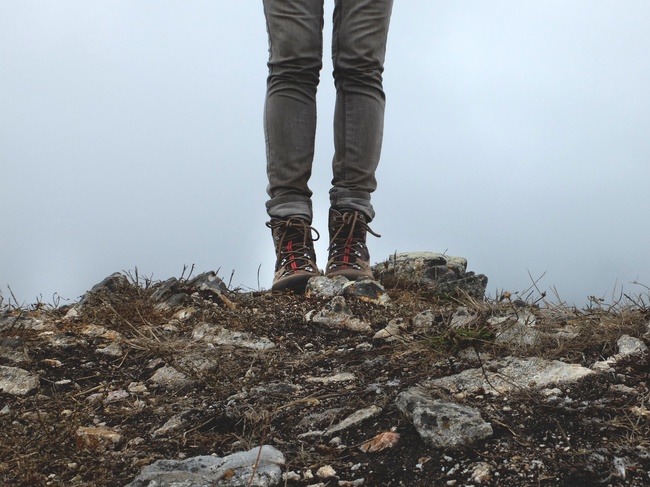
Cotton or denim is a very poor choice of clothing in cold and wet conditions.
Much better options are available in both synthetic and natural materials.
Synthetic fibres are hydrophobic, meaning that they repel water and usually wick moisture away quickly. Polypropylene is better than polyester for use against the skin as it dries quickly, doesn’t absorb much water and is able to wick moisture away quickly.
Polyester, unless treated with chemicals is not great at wicking moisture away and even those that have been chemically treated do not usually last the lifetime of the garment.
The downside to polypropylene is that it stinks.
Unless you’re travelling by yourself or you have a large number of spares then I’d suggest avoiding it as your friends will soon been keeping their distance.
Wool is my preferred choice. In fact it’s the only fabric I use as a base layer. If you haven’t tried wearing wool because you think it’s going to be itchy and uncomfortable then you need to try merino wool.
Merino wool is comfortable next to the skin as it has very fine fibres. Nothing like the large, woollen sweater you get given every Christmas. It has excellent wicking abilities and can absorb a high quantity of water before it feels cold and damp.
Your friends will thank you as well as it stays remarkably odour free even after wearing it for long periods.
Mid layers
The mid layer of clothing is designed to trap air next to the body and keep you warm. It also needs to allow moisture to pass through it from your base layers to your outer layers.
It’s usually a heavier weight fabric than those worn next to the skin. They come in a variety of shapes, sizes and materials including vests, sweaters, hoodies, smocks and jackets. You can also wear more than one mid layer if you need to increase the amount of insulation in cold conditions.
Again, there are a variety of mid layers to choose from but these are the most popular:
• Wool – As with the base layer, wool also makes an excellent mid layer. Some companies such as Woolpower offer a complete range of layering options designed to fit one over another. This was the system I used while dog sledding in Alaska. The only downside is the cost. A mid layer in merino wool fabric will cost you much more than fleece.
• Fleece – Probably the most popular material for use as a mid layer and usually made of polyester. It pretty much replaced cotton as it weighs less and takes up less room for the equivalent warmth. It’s an excellent insulator, dries quickly when wet and is good at moving moisture away quickly. You can also get wind proof fleece which tend to be much warmer though don’t move moisture away as quickly. I’m also not convinced that they stop a significant amount of wind getting through. I find a dedicated wind proof jacket is much more versatile and effective.
• Wind shells and soft shells – Soft shells have become a very popular alternative to wearing a dedicated waterproof or ‘hard shell’. They are very versatile garments that are both waterproof and windproof to a degree. They come in various materials and offer varying degrees of waterproofing and wind proofing. My preference is for a lightweight, wind shell that gives little in the way of rain protection other than a light shower but gives excellent wind protection. This combined with a full waterproof jacket offers a huge amount of flexibility and protection from the worst conditions.
Insulation
This is the exception to having many thin layers of clothing especially when sitting around camp. It’s great to be able to put on one thick layer to stay warm when stopped, particularly in very cold conditions. They need to be sized in order to fit over all your other layers without having to remove anything else.
The two main fillings for insulating layers are down and synthetic fibres. You could also use a thick fleece but they weigh more and are much more bulky than the alternatives.
Down is still the best insulating filling for a jacket or vest. Even as synthetic fillings improve with technology, down still provides more warmth, is lighter and packs up smaller than their synthetic counterparts. We just haven’t been able to create anything better than what nature has provided.
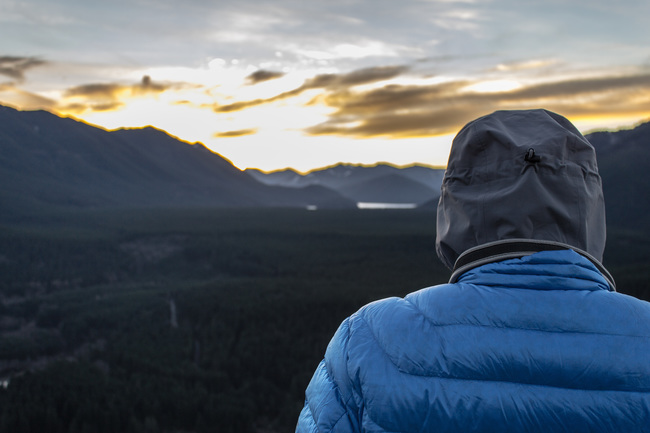
A down filled garment is still the best option for an insulating layer
Down fillings cost more than synthetics though they do keep their insulating properties much longer so I would argue that they are most cost effective in the long run.
The biggest drawback of using down has always been its susceptibility to moisture. When down gets wet, it sticks together and takes ages to dry out properly. Recently this has been overcome to an extent by treating down to make it hydrophobic. While it doesn’t make it waterproof, you can now use these garments in a shower without damaging them.
Legwear
Choosing the right garments to wear on your legs is equally important as what you wear on your upper body. You need to stay warm and dry especially when conditions deteriorate.
Your legs don’t generally need as much insulation as your upper body so you may not always need to wear base layers on your lower half until the temperature drops. When it’s particularly cold you may need to layer up on your legs in much the same way as you would your body. I stick with wool as a base layer on my legs but rarely do I need to wear a mid-layer except in extreme conditions.
Choices for trousers varies considerably in terms of materials and features. Synthetics are a good choice due to their quick drying properties but be careful around the fire as a stray spark can cause a nasty hole. This is one of the only areas where a natural material such as cotton is favourable as it won’t be damaged so easily by a hot ember. That said, I’ve never managed to ignite myself yet and I usually opt for synthetic trousers.
A good option in colder, wetter weather are trouser that have some kind of waterproof material around the bum and knees where you are most likely to come into contact with the ground. These allow you to stay drier without the need for waterproof trousers unless there is prolonged rain.
Outer layers
This is the most important layer and it has to be able to keep out wind, rain and snow. Durability and breath-ability are crucial if you are going to rely on it for any length of time. Out in the wilderness it has to withstand everything that the elements throw at it or you’re in serious trouble. It doesn’t matter how great the rest of your garments perform if your outer layer lets in the rain.
Even with the best advances in outdoor clothing you will not find rain gear that is completely waterproof and that lets all moisture escape. As long as your inner layers do their job well you shouldn’t get more than a little damp in prolonged rain.
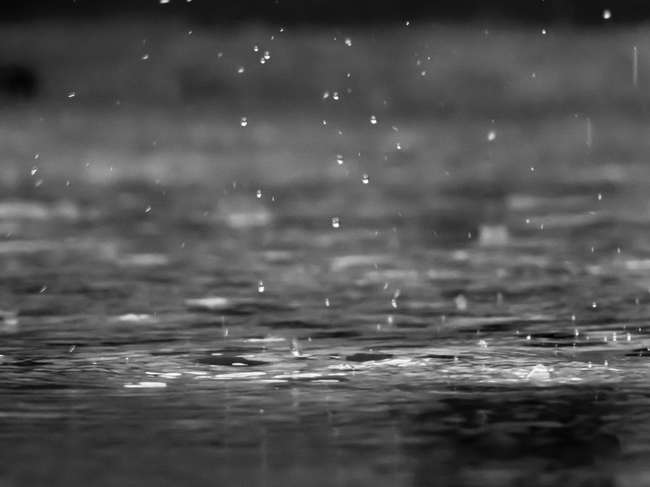
When the rain comes in it’s very important to have an effective outer layer.
Some of the best breathable fabrics include Gore-Tex, eVent and Neoshell. They allow moisture to pass through the layers of fabric while preventing most rain from coming in.
In summer I try not to wear waterproof trousers unless absolutely necessary or unless I know I’m going to be spending a lot of time in the water such as on a canoe trip. Quick drying trousers are usually a better alternative.
In colder conditions using waterproof trousers is a must and you can get many in the same breathable materials as you find for jackets. Ventilation is important as it is for waterproof jackets in order to regulate your temperature. Look for trousers with full or half leg zippers which also help when getting them on or off over boots.
Headwear
I always carry a warm hat even in the summer. It weighs very little but can add a good amount of warmth when needed. Merino wool is a good choice again and combined with a neck gaiter can make a big difference.
A bluff works very well as it weighs hardly anything and you can use it in many different ways, from a neck gaiter to a bandana or as a simple hat.
I wind proof and waterproof, fleece-lined hat with ear flaps is an excellent choice in the winter. It means that you don’t need to put up your hood in anything other than the worst conditions.
Gloves and mittens
Investing in a decent pair of gloves and mittens is extremely worthwhile. While mittens are warmer, the downside is that you lose some dexterity. Your choice may well depend on the type of activity you’re doing. If you suffer from cold hands then mittens are the way to go. You may still want a pair of gloves for doing finer tasks rather than taking your mittens off completely.
Liner gloves are a good option for carrying in all conditions. I usually bring a pair of light wool gloves for chilly mornings and evenings around camp even during the summer.
As far as materials go, there’s a wide range of options. Wind proof fleece is good where you are not expecting them to get wet as they dry quickly. In these conditions an outer glove or mitten made from a waterproof membrane can provide a versatile layering system.
In colder weather you may need to look at down gloves or mittens which provide the greatest insulation though usually restrictive dexterity. Though they are very warm, they are susceptible to water but you will probably only be using them in conditions where most moisture has turned to ice or snow.
Leather is a good material for an outer glove or mitten as it is extremely hard-wearing, particularly when you are using them for a lot of manual tasks such as chopping wood or digging through snow.
Conclusion
It’s important to understand the ways in which heat can be drawn away from your body and how to combat that through your choices of clothing. Remember to choose many thin layers instead of one thick layer as it’s the air trapped between the layers that keeps you warm, not the clothes themselves.
Regulate your temperature by adding and removing clothing as well as changing your exertion levels. Keeping well fed and hydrated also has an impact on your body’s ability to produce energy which is converted to heat.
Under all circumstances you need to stay dry as you lose heat 25 times quicker when wet. The colder it is, the more pronounced your heat loss will be.
Hopefully this article has been useful to you and given you some food for thought when preparing to go outdoors, especially in remote areas.
Let me know if you have any other tips to stay warm and dry in the comments below.
Share this Post

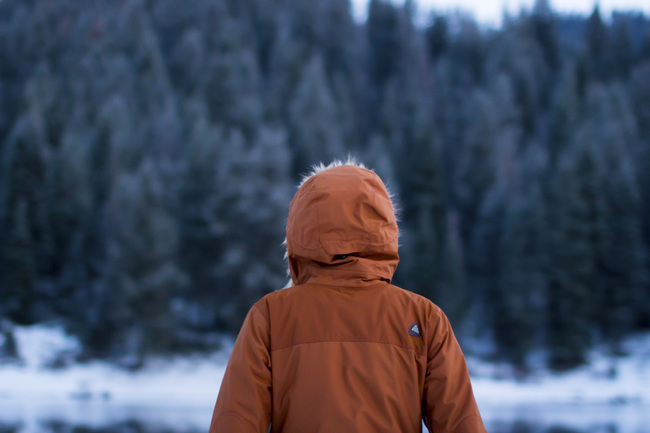
One Comment on “How To Stay Warm and Dry in the Wilderness”
Pingback: How to Stay Warm While Hunting in Cold Weather ~ Queen of Reviews